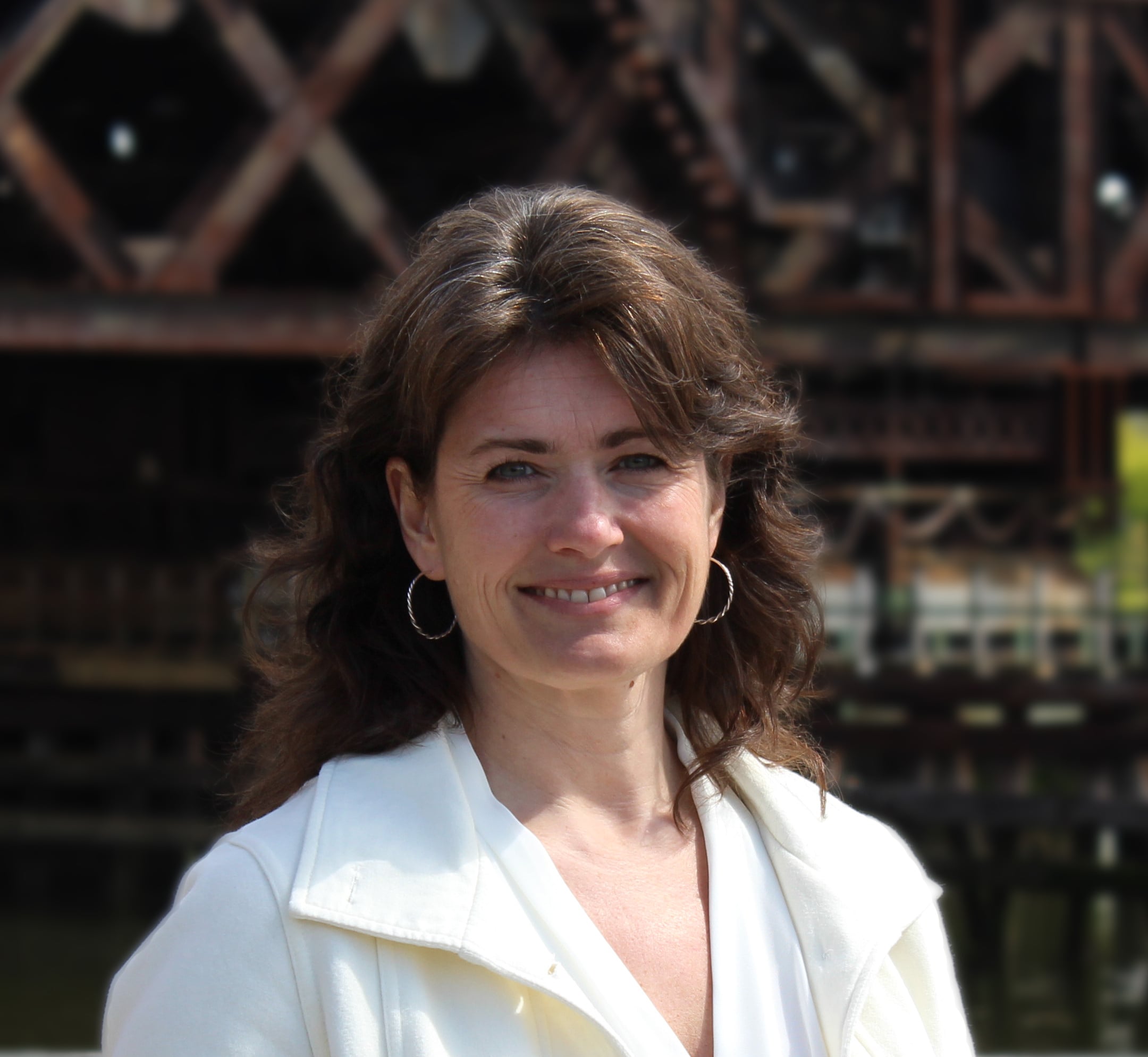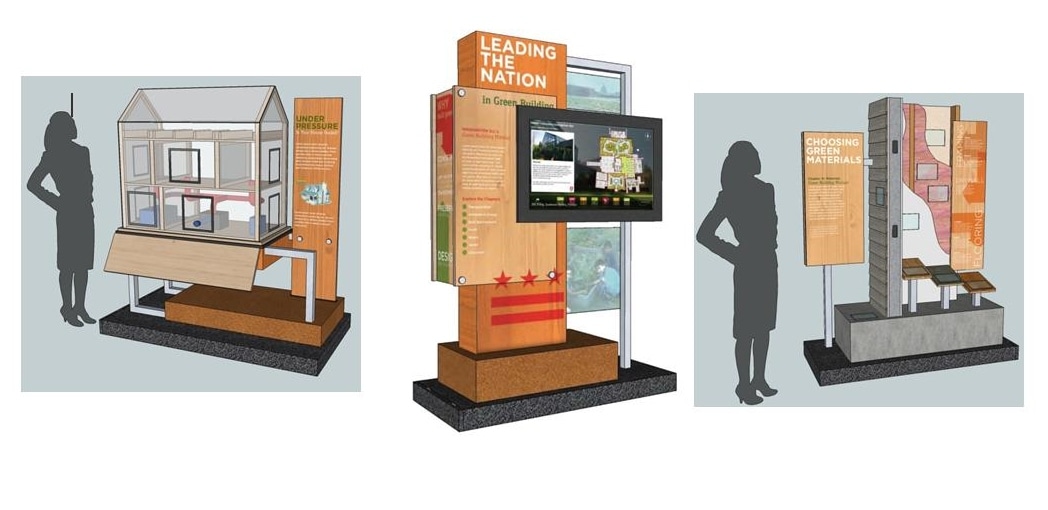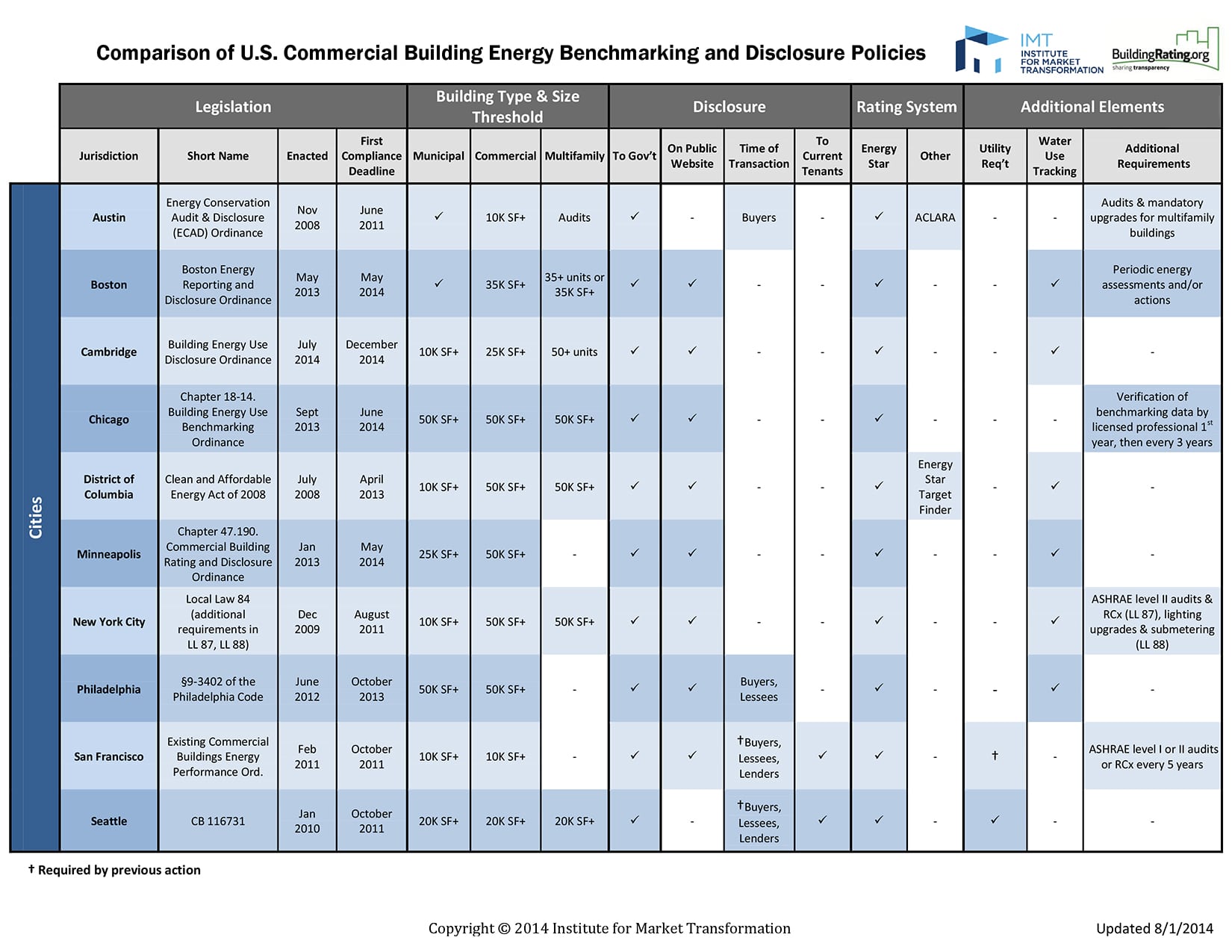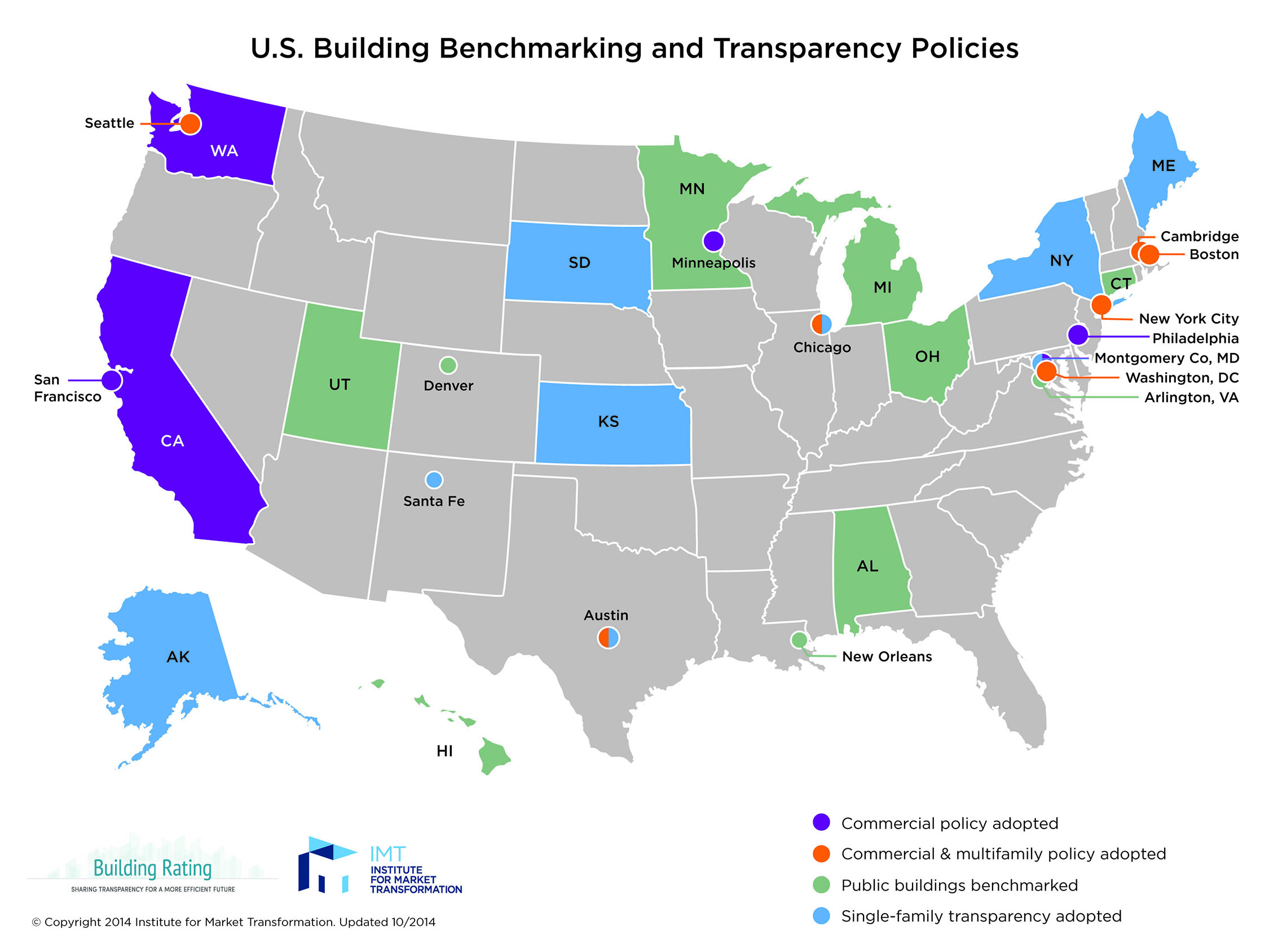- July 14, 2015
- 0 Comments
- In Certifications & Programs High-Performance Construction
- By Steven Winter Associates
SWA’s Senior Mechanical Engineer, Lois Arena, P.E., is one of the leading Passive House (PH) specialists in the country.  She is regularly asked to speak about PH at conferences, after-hour educational events, and to firms seeking to increase their knowledge about the subject. For SWA’s clients, she provides a full suite of PH services including energy modeling and consulting to optimize energy efficiency and ensure that projects are designed and built to meet the rigorous Passive House Standard, as well as field testing throughout the construction process to aid the team in achieving the strict PH air leakage requirements.
She is regularly asked to speak about PH at conferences, after-hour educational events, and to firms seeking to increase their knowledge about the subject. For SWA’s clients, she provides a full suite of PH services including energy modeling and consulting to optimize energy efficiency and ensure that projects are designed and built to meet the rigorous Passive House Standard, as well as field testing throughout the construction process to aid the team in achieving the strict PH air leakage requirements.
In addition to working on multiple projects in the tri-state area, she is currently contributing to the groundbreaking Passive House project for Cornell’s new technical campus on Roosevelt Island. When completed, the residential tower will the tallest and largest Passive House building in the world!
The project has earned a lot of media coverage, from a groundbreaking ceremony that was attended by both NYC’s current Mayor Bill de Blasio and former Mayor Michael Bloomberg to an article in the New York Times and other media outlets. And of course now, on our Party Walls blog, where I was able to get the inside scoop on the project straight from the source!
Was Passive House certification Cornell’s initial goal for this project or was it recommended based on efficiency goals set by the owner or developers? (more…)




